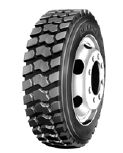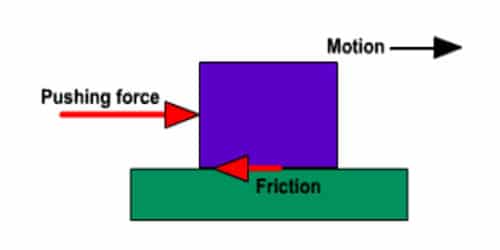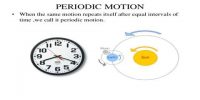Friction has an enormous influence on the motion of an object. Friction is a kind of resistive force which slows down the motion of a body. It can be defined as the force that resists the relative motion of solid surfaces, fluids, or elements that collide or slide against each other. Though friction creates many problems in our daily lives, it plays a vital role in movement and vehicle operation. Here discuss tyre’s surface, smoothness of the road, and the role of friction for controlling motion. Its effect would cause the object in motion to slow down. If the friction is increased, more energy is needed by the object to keep its momentum hence it will slow down.
Tyre’s surface

Driving vehicles is possible because of the friction between the tyres and the road surface. The friction force between the tyres and the road depends on the condition of the tyres and the surface of the road. It also depends on the weight of the vehicle. The tyre’s rubber surface is designed with treads i.e. grooves or teeth. The tyre surface is up and down due to these grooves. If the tyre is new, these grooves are distinct; as a result, the force of friction between the tyre and the road is maximum. When the tyre becomes old, their grooves are worn out and the surface becomes flat. As a result, the frictional force between the tyre and the mad decreased mostly. Say, what inconvenience may arise due to this.
Smoothness of road
The smoothness of the road has a great impact on the motion of a body. When the mad is smooth, the movement of vehicles on the road becomes easier and the journey becomes comfortable. As the road becomes smoother, the resistive force of friction becomes lesser. The magnitude of the frictional force between the car’s tyre and the road depends on the smoothness of the tyre as well as on the smoothness of the mad. Many types of problems arise when the amount of frictional force is decreased largely. So, the road should not be too smooth. If the mad is too smooth, it is not possible to stop the car within a certain distance in spite of applying the brake. The friction is important for the motion of a car. If the mad is too smooth, the necessary reaction force is not produced. The amount of the frictional force is largely reduced when the road is too smooth, as a result, the car will not be able to move forward. So, the smoothness of the mad will be such that it can supply the necessary frictional force.
Controlling motion and braking force
The speed of the vehicle has to increase or decrease according to the necessity at the time of vehicle movement. That is, we have to control the motion of a vehicle. Brake is such an arrangement, which controls the speed of the car or rotation of the wheels according to the necessity by increasing the friction. With this, it is possible to halt a vehicle in a certain place. When the driver applies the brakes, the shoe or pad made of the asbestos press the metallic disc on the wheel. The friction between the pad and disc slows down the wheel’s speed. As a result, the velocity of a car decreases. For example, we use car brakes if we want to stop or slow down because of the friction created between the brakes and wheels that slow/stop the car down.
Factors that Affecting Friction –
The force of friction may alter depending on the following factors that affect it:
- When two smooth surfaces are in contact, then the degree of friction between them is small because the interlocking between smooth surfaces is less.
- When two rough surfaces in contact, then the degree of friction between them is large because the interlocking between rough surfaces is too much.
- It also depends on the weight of the object or on the amount of force applied on the surface by the object.














